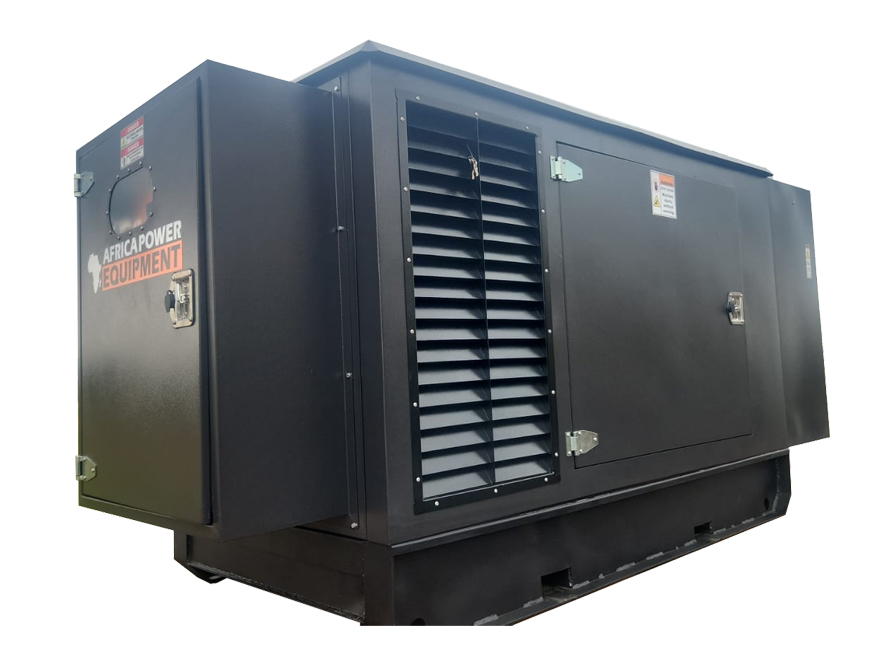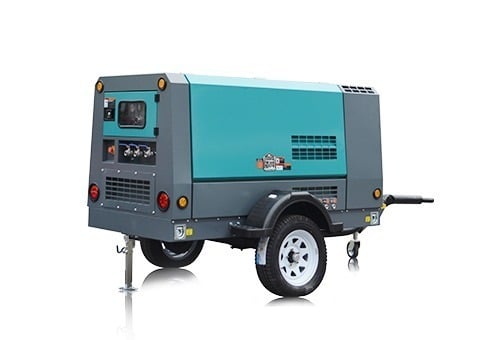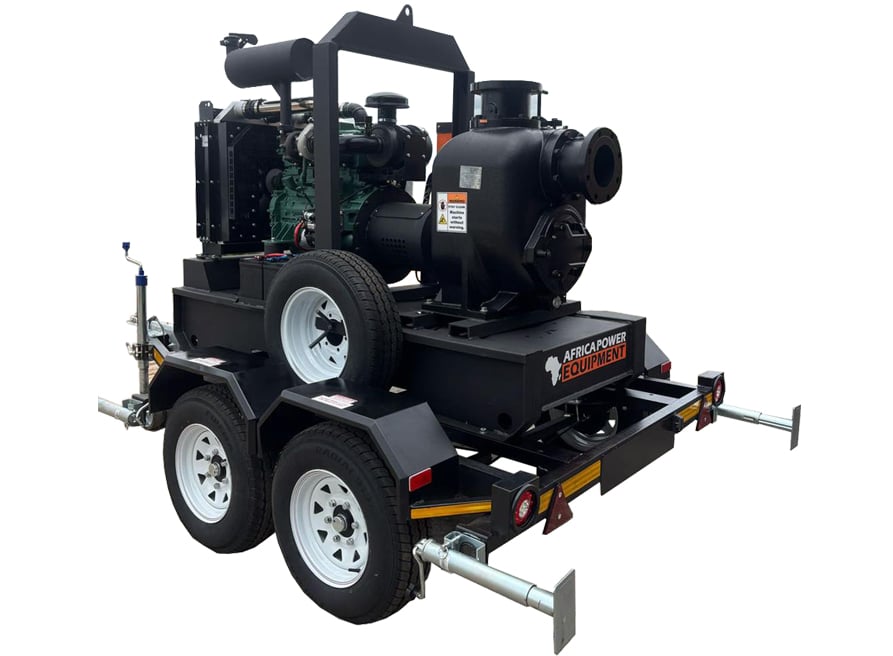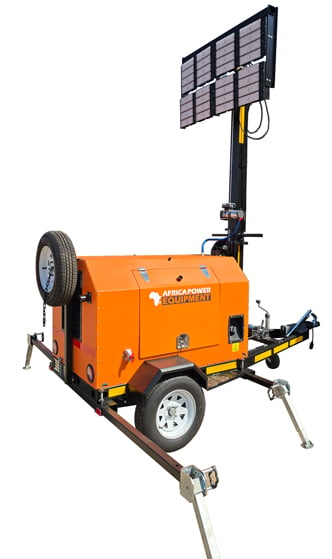15 Common Water Pump Installation Mistakes (and How to Avoid Them)
Installing a water pump might seem straightforward, but even minor errors can lead to major system failures, high maintenance costs, or reduced lifespan. Whether you’re installing a borehole, booster, irrigation, or sump pump, avoiding common mistakes is essential for long-term performance and safety.
In this guide, we’ll break down the most frequent water pump installation mistakes, why they matter, and how to prevent them.
✅ Quick Answer
Common pump installation mistakes include poor alignment, incorrect sizing, lack of filtration, improper priming, skipping check valves, inadequate electrical wiring, and ignoring pressure or head calculations. These can cause poor performance, leaks, overheating, or early pump failure.
🛠 Top 15 Pump Installation Mistakes to Avoid
1. Incorrect Pump Sizing
Why it’s a problem:
An under-sized pump won’t deliver enough flow or pressure, while an over-sized one wastes energy and wears out faster.
Avoid it by:
-
Calculating total dynamic head (TDH) and flow rate needs
-
Using proper sizing charts or consulting an expert
2. Poor Pipe Alignment
Why it’s a problem:
Misaligned inlet or outlet pipes strain the pump housing, leading to leaks or cracks over time.
Avoid it by:
-
Aligning pipes correctly before tightening connections
-
Supporting pipework independently of the pump
3. Skipping a Check Valve
Why it’s a problem:
Without a check valve, water can flow backward when the pump shuts off, causing airlocks or repeated priming.
Avoid it by:
-
Installing a non-return (check) valve on the suction line or immediately after the pump
4. No Pressure Tank for Household Systems
Why it’s a problem:
Direct-on-demand systems without a pressure tank can cause short-cycling, reducing pump life.
Avoid it by:
-
Adding a pressure tank to buffer flow and prevent constant on/off cycling
5. Improper Electrical Connections
Why it’s a problem:
Incorrect wiring can trip breakers, damage motors, or create shock hazards.
Avoid it by:
-
Using a qualified electrician
-
Ensuring correct voltage and secure earthing
-
Adding surge protection for borehole pumps
6. Lack of Priming (for Centrifugal Pumps)
Why it’s a problem:
Centrifugal pumps can burn out if operated dry.
Avoid it by:
-
Filling the pump and suction line with water before switching on
-
Using self-priming pumps or installing foot valves
7. Installing the Pump Too Far from the Water Source
Why it’s a problem:
Long suction lines reduce pressure and increase risk of cavitation.
Avoid it by:
-
Keeping suction lines short and straight
-
Placing the pump as close to the source as possible
8. Using the Wrong Pipe Size
Why it’s a problem:
Pipes that are too small increase friction and pressure drop, reducing efficiency.
Avoid it by:
-
Matching pipe size to pump outlet/inlet specs
-
Consulting flow rate vs pipe diameter charts
9. No Filter or Strainer on Inlet
Why it’s a problem:
Debris in the water can clog or damage the impeller.
Avoid it by:
-
Installing a strainer or foot valve with screen on the inlet
-
Adding pre-filters for dirty water or borehole use
10. Improper Mounting
Why it’s a problem:
Vibration from a loose base causes noise, leaks, and mechanical stress.
Avoid it by:
-
Mounting the pump on a stable, level surface
-
Using anti-vibration pads if indoors
11. Not Protecting Against Freezing (in Cold Regions)
Why it’s a problem:
Freezing can crack pipes and pump housings.
Avoid it by:
-
Insulating exposed pipes
-
Draining pump and system in winter if unused
12. Overlooking Ventilation for Enclosed Pumps
Why it’s a problem:
Lack of airflow leads to overheating, especially for submersibles in dry wells.
Avoid it by:
-
Ensuring adequate ventilation in pump housings
-
Using fans or ventilation louvres where needed
13. Using PVC Pipes for Hot Water or High Pressure
Why it’s a problem:
PVC can warp or burst under high heat or pressure.
Avoid it by:
-
Using HDPE, PEX, or copper where heat and pressure exceed PVC limits
14. Ignoring Pump Orientation or Rotation Direction
Why it’s a problem:
Some pumps must face a specific way or rotate clockwise/counter-clockwise.
Avoid it by:
-
Reading the manufacturer’s installation manual
-
Checking rotation arrows on the motor
15. No Backup Plan (for Critical Systems)
Why it’s a problem:
If your pump fails and it’s your only water source, you’re stuck.
Avoid it by:
-
Having a manual override, backup pump, or alternative water source for critical supply
🔗 Internal Linking Opportunities
📌 Conclusion
A properly installed pump can operate efficiently for many years, but cutting corners or overlooking details during installation often leads to early failure and avoidable repair costs. Following these tips ensures your pump system is safe, reliable, and long-lasting.
Need help selecting and installing the right pump?
💧 Contact PowerEquipment.co.za for expert support and high-performance water pump systems tailored to your needs.





